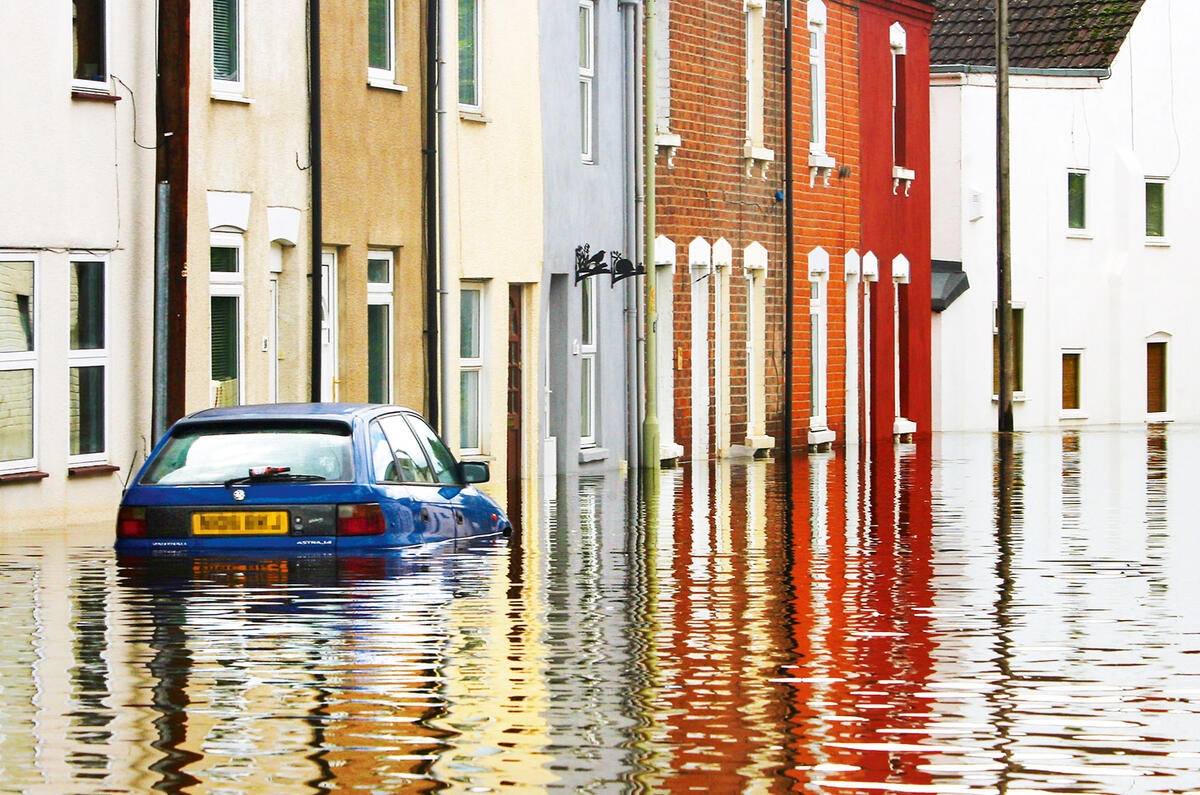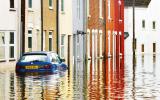You can easily spot one of the 250 flooded write-offs at Michael Douglas Auto Salvage in Carlisle.
Not only because it has the word ‘floody’ scrawled on the windscreen but also because it’s covered with a film of brown silt.
Move closer and you can see the heavy condensation on the windows, dirty water in the headlights and a tide mark in the engine bay. Open the driver’s door – being careful to stand back to allow the stench of sewage and flood water to escape – and water sloshes in the door pockets, while silt covers the floor, the seats and much of the fascia. The steering wheel is a circle of green mould.
It and the other flooded cars started arriving at the breaker’s yard in December, soon after storm Desmond and then storms Eva 
and Frank did their worst – and they’re still coming.

“People have had more urgent problems to deal with, such as clearing their flooded homes,” says owner Michael Douglas. “Many people are only now thinking about what to do with their flooded cars.”
The Association of British Insurers says that as a result of December’s storms, its members have received 5600 claims for flood-damaged vehicles. It expects the total value of these claims to be about £26 million, a figure that applies to comprehensively insured cars that are covered for flood damage.
Most will be written off and their owners paid a settlement cheque by the insurer to cover its replacement. The most seriously damaged ones will be declared category A or B write-offs, and will then be scrapped or crushed.
The less seriously damaged will be flagged as category C or D. These 
can be returned to the road after repair, although a category C car must be inspected first.
Cars with third-party cover 
are not insured for flood damage. 
As a result, depending on its condition, the owner of a flooded 
car has little choice but to sell it as scrap to a vehicle breaker such as Michael Douglas, for around £90.













































Join the debate
Add your comment
VIC test abolished
The Cat C Check